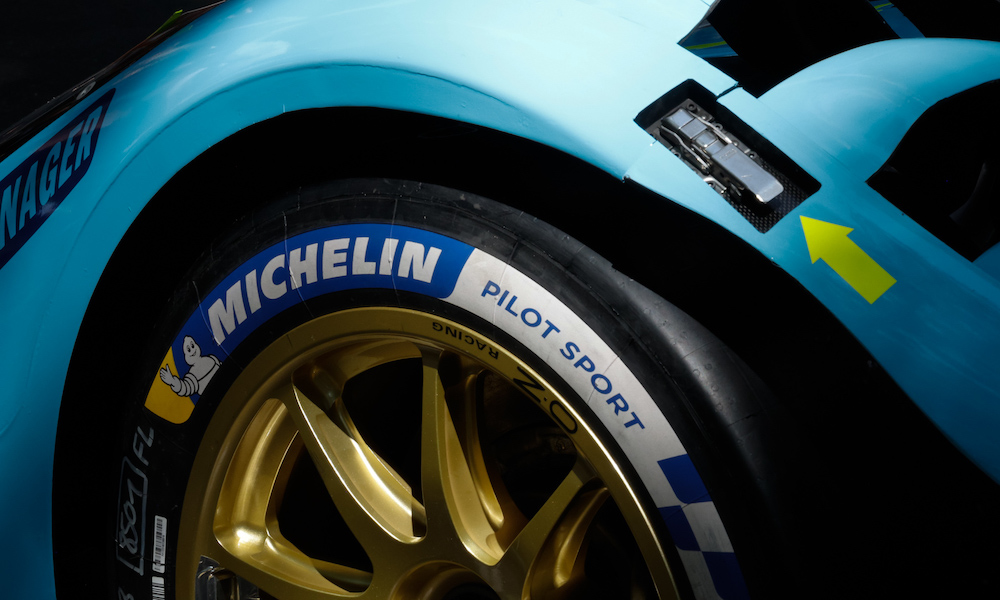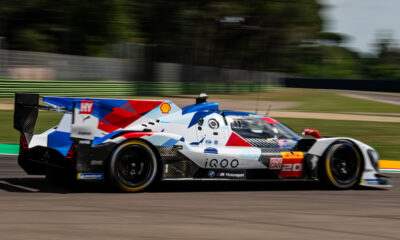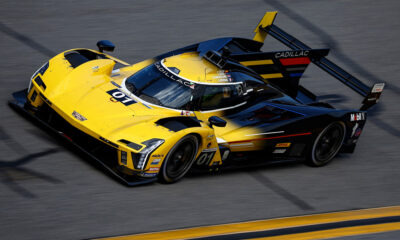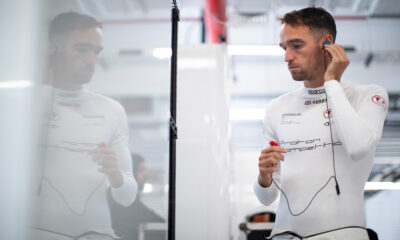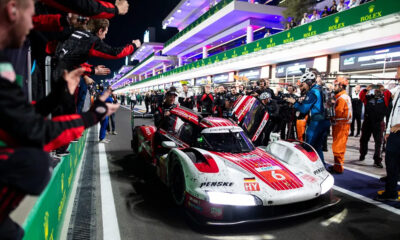Michelin is planning to introduce new tire specifications for the Hypercar and GTP classes in 2025 as it seeks to increase longevity and the proportion of sustainable materials used.
The French company exclusively supplies the top categories in the FIA World Endurance Championship and the IMSA WeatherTech SportsCar Championship and has done so with the same tires since the start of this year.
According to Michelin’s motorsport director Matthieu Bonardel, the range will be refreshed with new specifications for the season after next.
The next-generation tires are projected to include more bio-sourced, renewable and recyclable materials while also facilitating longer stints.
Bonardel expressed a target to extend tire longevity to five or six stints at the 24 Hours of Le Mans, building on the four-stint target of the current range while maintaining lap time performance.
“We are really focusing on longer distance – less wear and more endurance – and more sustainable materials,” Bonardel told Sportscar365.
“We’re not going to try and beat the record of 3:14 [at Le Mans]. But we don’t want to go and be slower than 3:30.
“We’re going to be very similar in terms of performance, with a different generation of tires.”
Michelin’s implementation of more sustainable materials aligns with the company’s overarching aim of having a range made entirely of sustainable materials by 2050, with the intermediate objective of 40 percent by 2030.
According to Michelin, 75 percent of the environmental footprint of a racing tire can be traced to the materials, with the remaining 15 percent being attributed to the rest of its life cycle including use on the track.
The materials for the 2025 range are under wraps but Michelin recently presented a 63 percent sustainable tire for the Mission H24 hydrogen project using natural rubber and carbon black recycled from used tires, along with scrap steel, orange and lemon peel, pine-tree resin and sunflower oil.
“The more the tire is made of sustainable materials, the more you reduce the footprint from this specific tire,” said Bonardel.
“We have 30 percent [sustainable materials] for the slick this year and 40 percent for the wet. We’re going to increase it. It’s going to be over 40 percent for the slick and 50 percent for the wet.
“I’m just giving an orientation of what is accessible in terms of quantity of materials and manufacturers.”
Michelin plans to continue having three different slick tire compounds to cover the range of track temperatures and conditions at Le Mans. The same compounds will be available for selection in the other WEC rounds and the WeatherTech Championship starting in 2025.
The policy of a single wet tire specification is also set to be carried over into the new generation.
Bonardel indicated that Michelin does not want the Hypercar tire range to funnel into a single compound, as is currently the case in the Goodyear-supplied LMP2 category at Le Mans.
“It’s not something that we feel is the right approach,” he said.
“We feel that the tire has always been important in racing. They are part of the Le Mans history. We would like to have some kind of a tire strategy. I think it’s important.
“We are not asking for ten different tires. We are not asking for a tire for one given car. It’s already very standardized. Is it possible to move to two in the future? The next two years will tell us if one specification is not very well used. Then, we will remove it.
“Moving to six stints, at some point the soft tire might be too soft in terms of wear. So if we make it more like a medium, do I need to have a very hard tire? It’s to be decided.
“We think three slicks is what it takes to cover the whole range. There will be a maximum of two on the other races.”
Michelin’s plans for its future Hypercar and GTP tire specifications will be developed in conjunction with the WEC and WeatherTech Championship organizers as part of its exclusive supply deal.
“The challenge for us is… to maintain the same performance,” said Bonardel.
“That’s what makes the technical challenge interesting: replace technology that has been developed for 30 years with new technologies at high performance, but which have a much better environmental footprint.
“WEC gives us that possibility to introduce new tires and technologies and challenge ourselves.”


